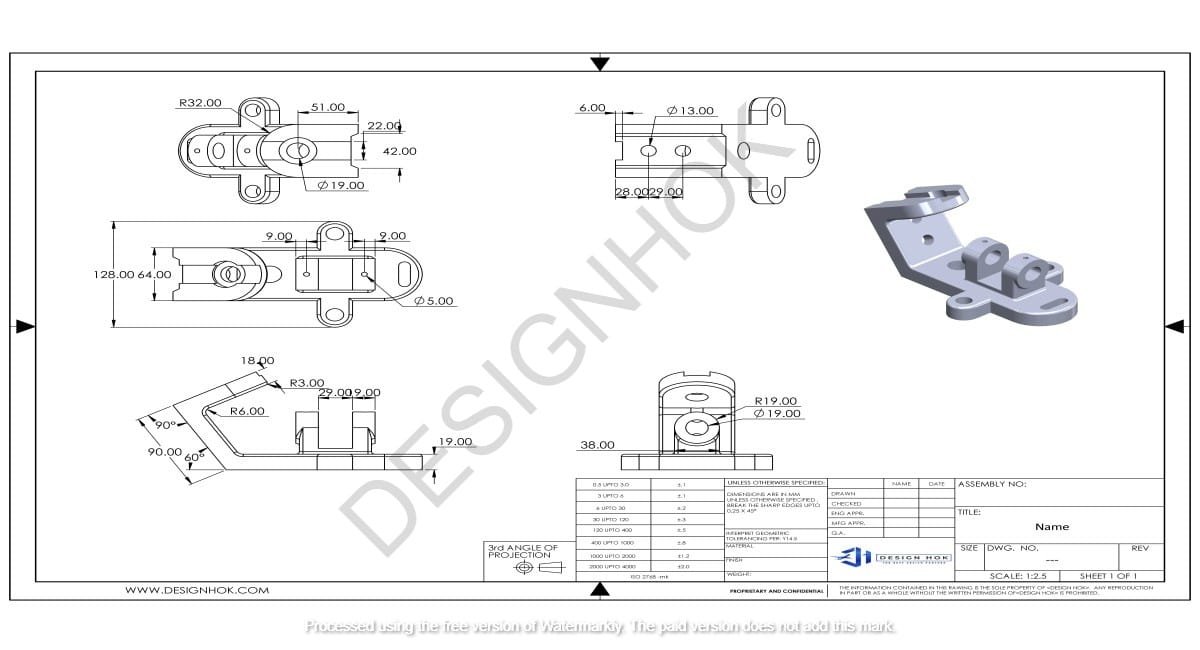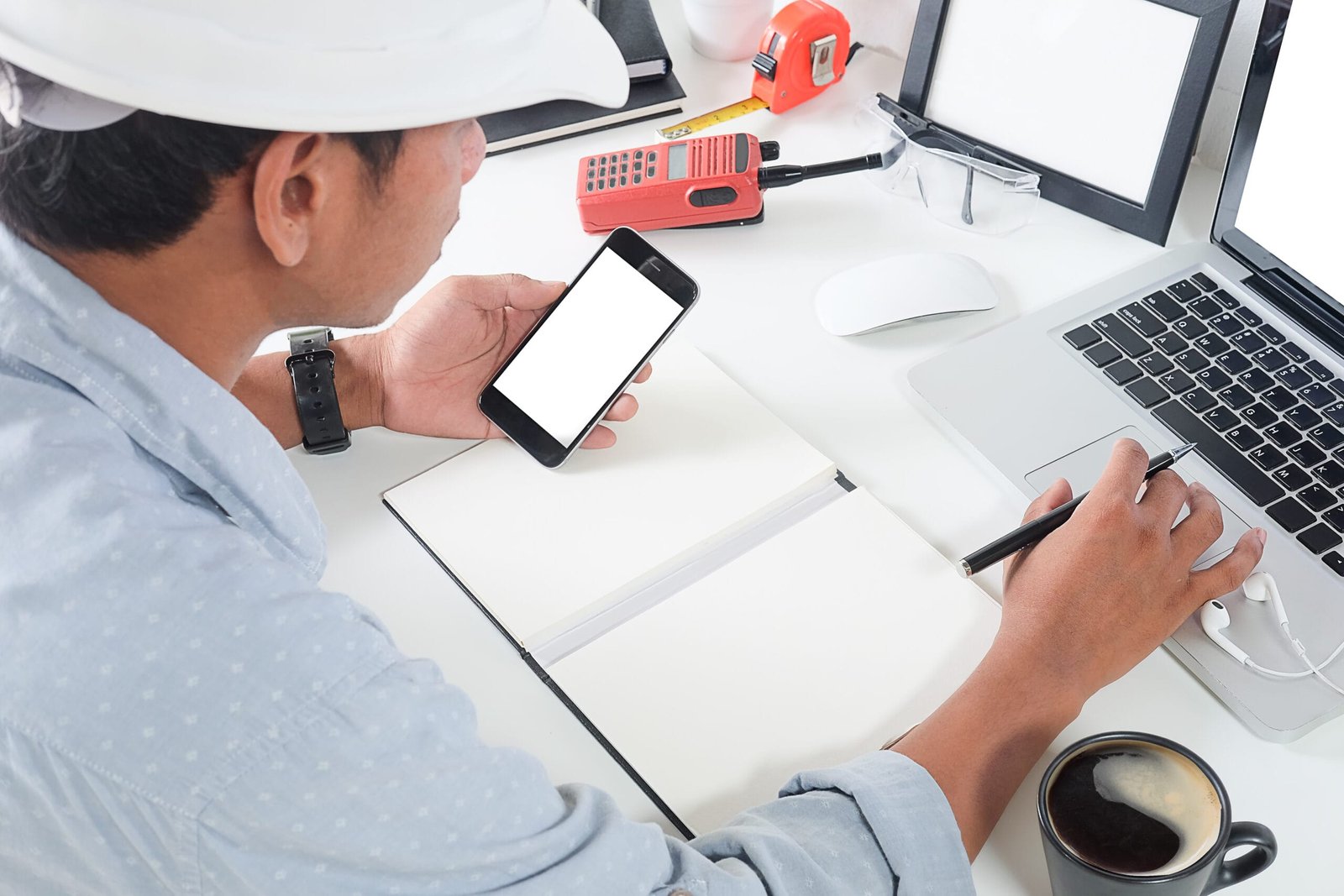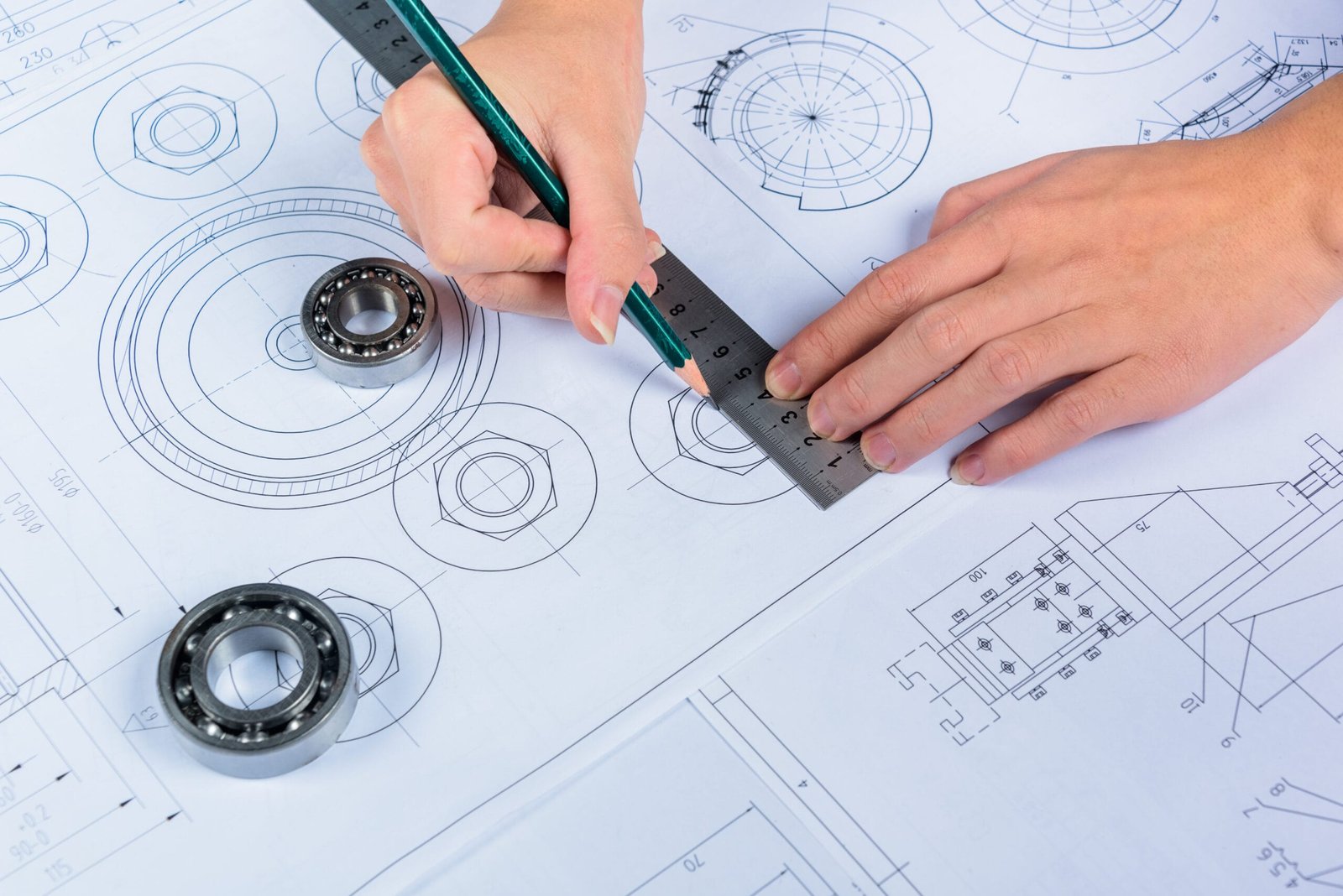Let us discuss the top 3D modeling design trends of 2025. They tell how industries make and improve. Learn how DesignHok uses smart tools and fresh ideas to stay ahead. We will also get to know how technology makes designs more accurate and realistic.
Introduction
3D modeling is moving fast. Currently, it is used in many fields such as product design, gaming, and animation. 3d design has become much better with the introduction of new technology, real-time rendering, and high-level tools. So, you can work faster, with fewer errors and experiences that look real.
Our aim at Design Hok is to make high-quality 3D models. These models should meet the current needs and adapt according to future demands. Now we will talk about the latest trends in 2025. Moreover, we will talk about how Design Hok uses it to get better results.
1. AI in 3D Modeling
AI is speeding up design work. It can create base models, test designs, and cut errors. At DesignHok, we use AI tools to refine textures, shapes, and lighting. So, we are able to create faster models and better choices for the clients.
2. Live Project Sharing
Cloud tools let teams design together from anywhere. Updates are instant, and feedback is easy. We use cloud platforms to make clients look at the work instantly. This helps them give their feedback.
3. Photorealistic Models
Today’s renders look real. There are tools such as V-Ray and Unreal Engine that make natural light and textures a reality. So, our work includes making detailed images to make the appearance and look of the building or product real.
4. Procedural Modeling
Procedural modeling uses algorithms to generate 3D Modeling Design Trends based on a set of parameters. This is especially popular in game design and urban planning, where repetitive structures like roads, trees, and buildings can be created automatically.
5. Linking VR and AR
VR and AR let clients see products or buildings as if they are real. So, clients can walk through the building or check a product before it’s made. Our models are ready for VR and AR to make clients understand the ideas.
6. Environment-Friendly Design
Today, you have to make designs that are not harmful to the climate. Models can test material use, energy flow, and light. We guide clients to explore environmentally friendly options, such as materials and layouts.
7. Digital Design Automation
Digital design automation makes multiple design options automatically. It’s useful for complex projects in architecture and industry. We use these tools to find the best mix of style, strength, and efficiency.
8. Multi-Platform Support
You use the software according to the requirements of the client. Our models can be made and opened across AutoCAD, Blender, and other software. This makes it easy to plug our work into client systems.
9. Printable model
You must create your models so that they can be printed instantly. Apart from that, your models should be strong, secure, and ensure the right amount of materials. Our models move smoothly from digital to physical.
10. Abstract and Simple Styles
Simple and abstract designs are trending, especially in branding and UI/UX. You should draw clean lines and bold forms to keep your focus on the idea. We use these styles for early-stage or concept work.
Summary
In the current age, 3d modeling is quick, uses advanced tools, and is realistic. At Design Hok, we work on these trends to make designs that appear good and perform well. It can be a building, a product or a model. We change your ideas into real and the latest 3D tools. We use a mix of innovation and practical design to change your ideas into reality.





